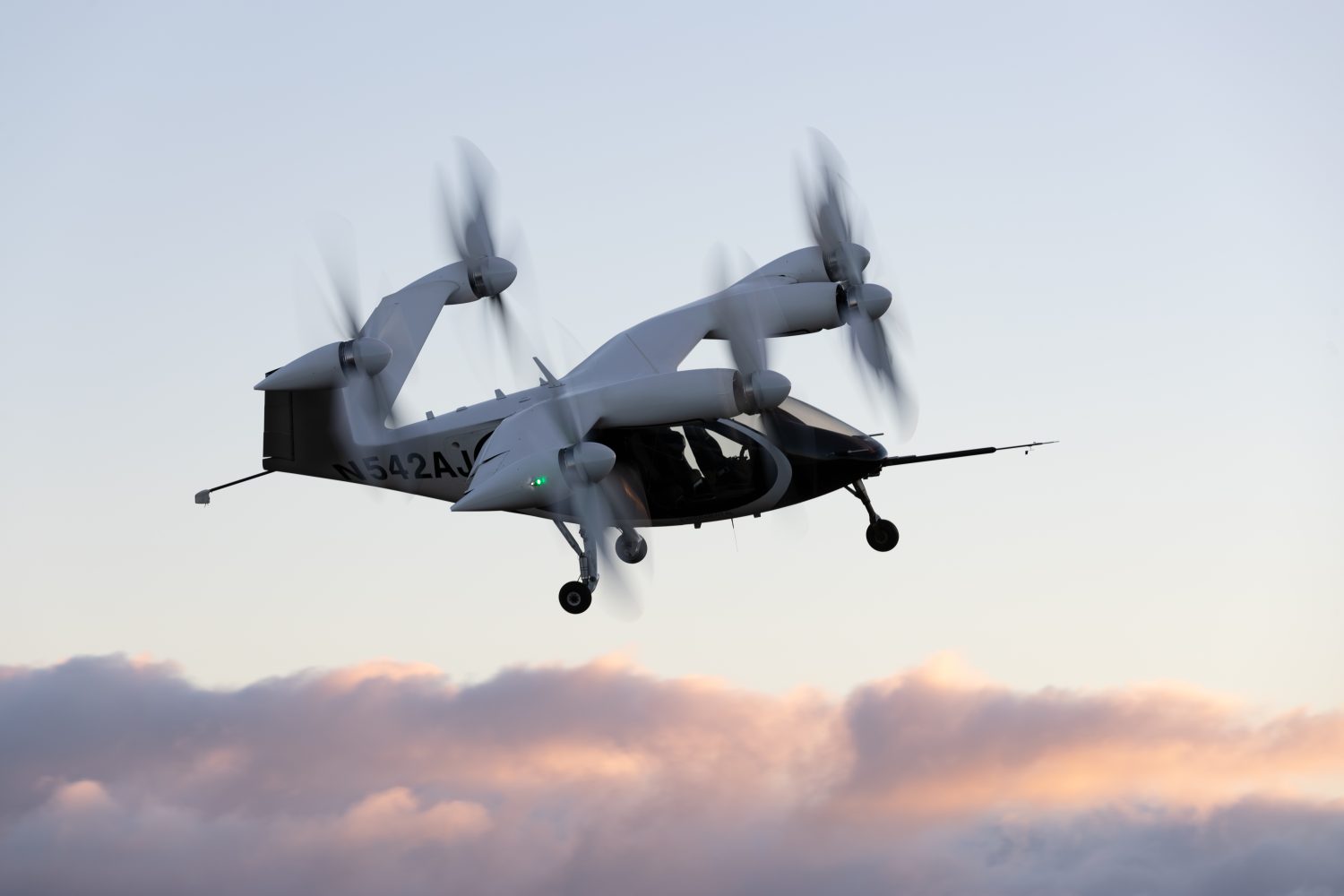
The National Transportation Safety Board (NTSB) has issued a preliminary report on the February 16 crash of a Joby electric takeoff and landing (eVTOL) air taxi prototype, citing “a component failure” as the cause.
Apart from that detail, the laconic NTSB initial finding doesn’t shed much light on what was already known about the eVTOL aircraft’s crash, which occurred during a remotely piloted test flight above an uninhabited area about halfway between San Luis Obispo, California, and Joby’s Santa Cruz headquarters. Its stipulation of a component failure, however, will allow Joby to eliminate an array of other potential sources and focus on correcting or replacing the responsible element.
“On February 16, 2022, at 09:58 am pacific standard time (PST), a Joby Aviation JAS4-2 experimental aircraft, N542AJ, experienced a component failure over an uninhabited area near Jolon, California,” the NTSB preliminary report said of the eVTOL’ craft’s crash. “There were no injuries, and the aircraft was substantially damaged.”

It’s unknown whether the accident will compromise Joby’s plans to obtain certification of the air taxi craft and get it into service by 2024. Though the NTSB’s preliminary report was produced relatively quickly, its full investigations into crashes usually take several months, at times a year or more.
While Joby will presumably continue working with a second prototype it has, the crash and ongoing inquiry will doubtless slow that activity, and require modifications to ensure the failure does not occur again.
Joby first reported the eVTOL plane’s crash in a filing to the US Securities and Exchange Commission (SEC), in which it underlined the intentionally taxing conditions test flights involve. Prior to the accident, the company revealed the craft had attained record trial flight speed of 205 mph, and a new altitude high of 11,000 feet. On the day of the accident, the prototype was clocked flying at 276 mph by ADS-B Exchange – far over its intended 200 mph cruising speed.
“Experimental flight test programs are intentionally designed to determine the limits of aircraft performance, and accidents are unfortunately a possibility,” Joby’s SEC filing said. “Safety is a core value for Joby, which is why we have been expanding our flight envelope with a remote pilot and in an uninhabited area, especially as we operate outside expected operating conditions.”
A world leader in eVTOL aircraft development, Joby has conducted over 1,000 test flights since it sent its first full-scale prototype aloft in 2017, and last year set a 150-mile endurance record.
FTC: We use income earning auto affiliate links. More.



Comments